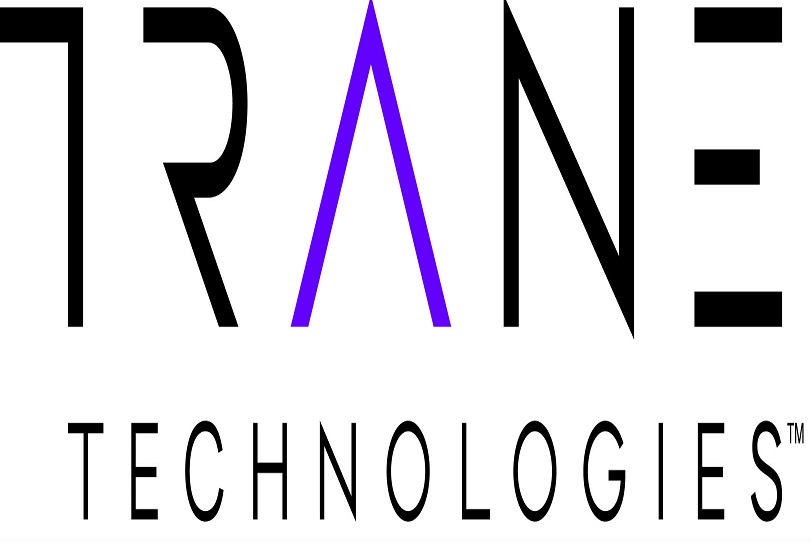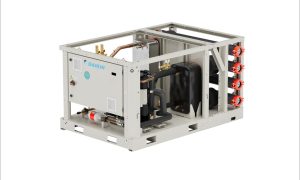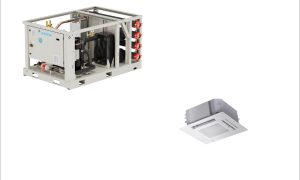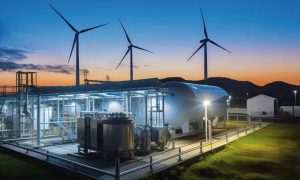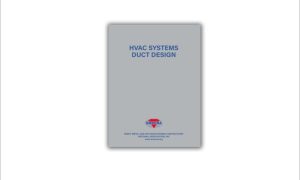Advancements in heat pump technology, dubbed the cornerstone of sustainable buildings by the International Energy Agency, are also one of the most important factors in the electrification of heating.
Heat pumps are more efficient than furnaces, since transferring heat is easier than actually making it. This can equate to lower emissions and operating costs. Under ideal conditions, a heat pump can transfer 300 percent more energy than it consumes. Additionally, heat pumps (and chillers) with heat recovery modules can capture naturally-generated heat as a by-product – instead of rejecting it into the atmosphere – and repurpose it for another use, such as hot sanitary water in hospitals.
While heat pump technologies are already widely used today in buildings and industrial processes, increasing their adoption in places where they can contribute more to emissions reductions while also maximising comfort is a key to success.
Results on the road to a Gigaton
Recently a set of Trane Technologies customers joined me and Thomas Nowak, secretary general of the European Heat Pump Association, to share their real-life environmental cases for decarbonisation – and how they are collectively saving more than 3,400 metric tons of CO2 annually.
For Energy Hub Aalsmeer, Mater Dei Hospital, Excelsior Hotel Rapallo and Scottish Water Horizons, implementing the latest, most cutting-edge solutions and products in the heat pump space from our Trane Commercial HVAC business – along with other energy efficient upgrades – was a crucial step towards reaching their sustainability goals and reducing their carbon footprint.
Jeroen Roos, partner, Infinitus Energy Solutions Group shared that the town of Aalsmeer, just south of Amsterdam, has set a goal of becoming energy-neutral by 2040. They are using Trane heat pumps and other technology investments to reach their targets. “Several buildings are now 100 percent gas free, and CO2 emissions have been reduced by 540 metric tons per year.”
The road to achieving a Gigaton of emissions reduction with our customers will require new technology, public and private partnerships.
Cookie Consent
We use cookies to personalize your experience. By continuing to visit this website you agree to our Terms & Conditions, Privacy Policy and Cookie Policy.

